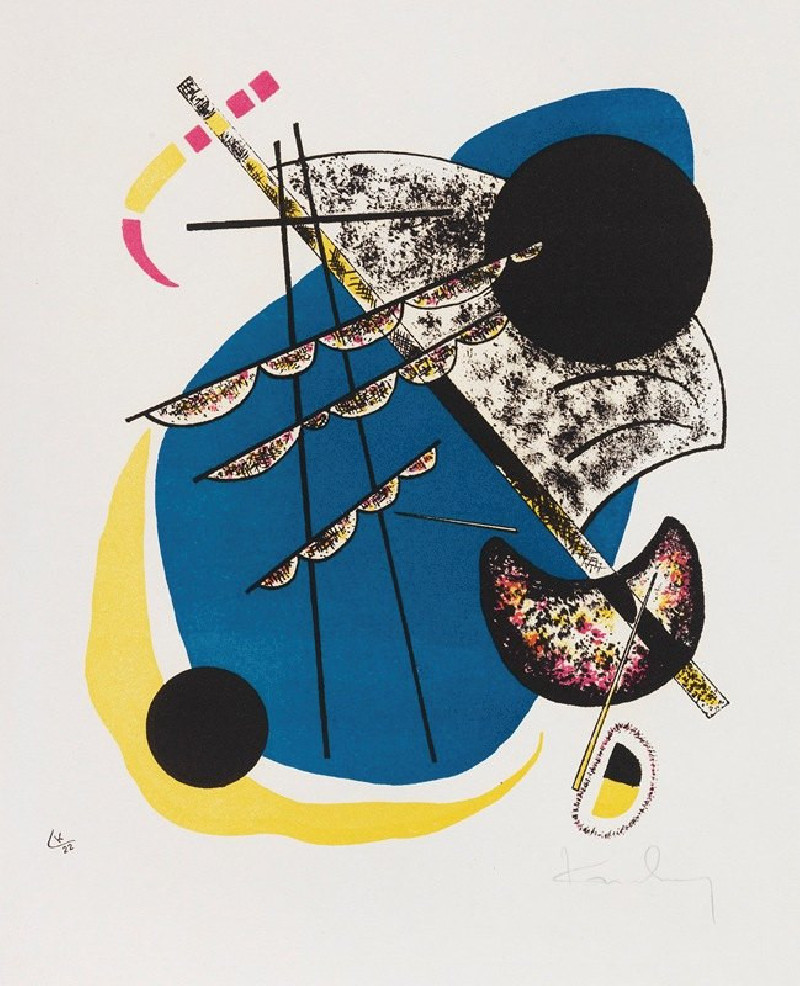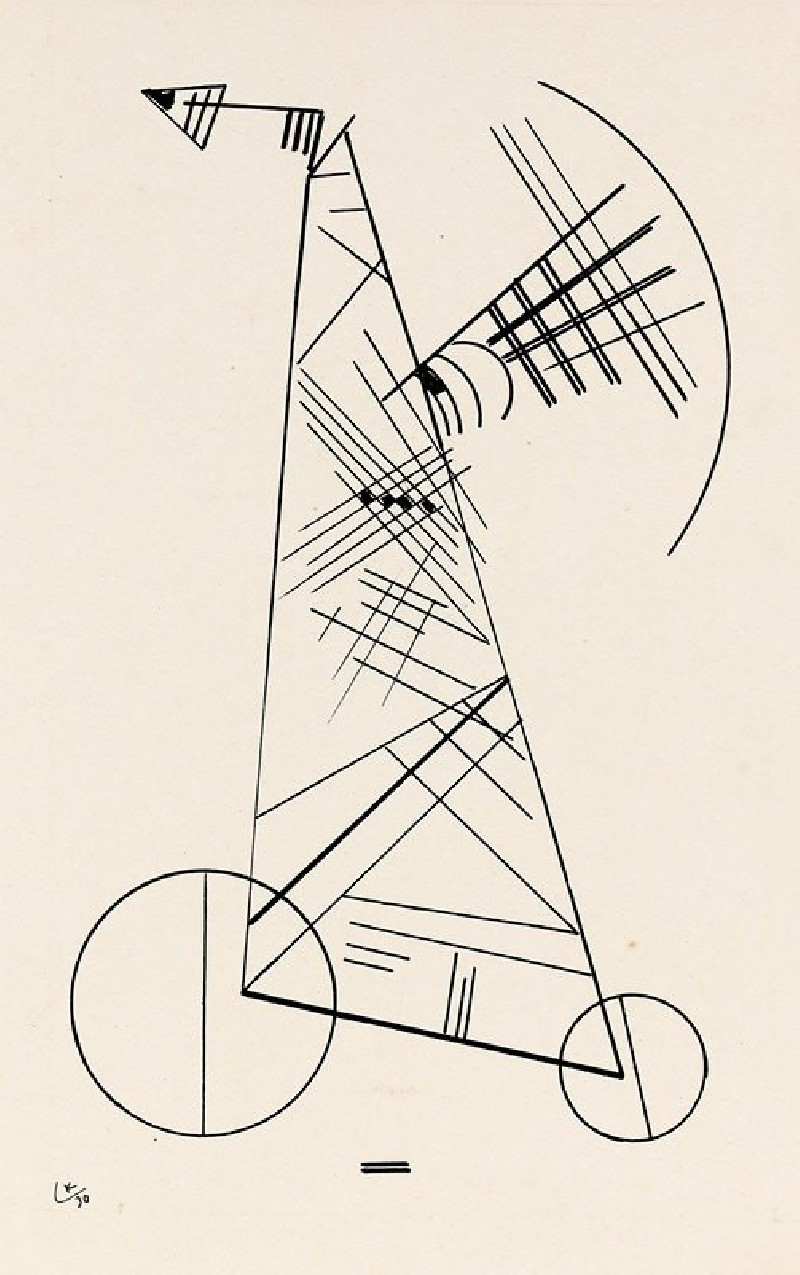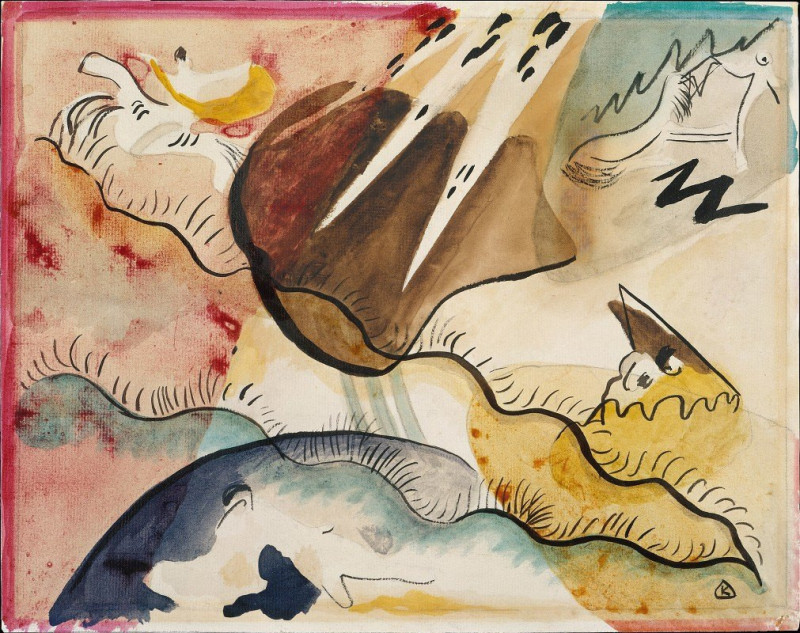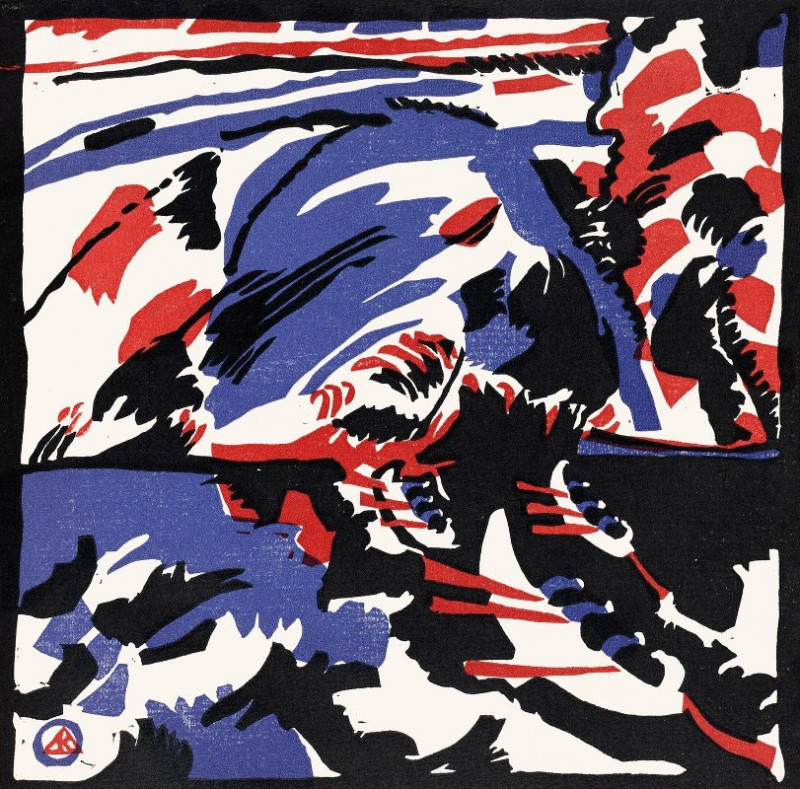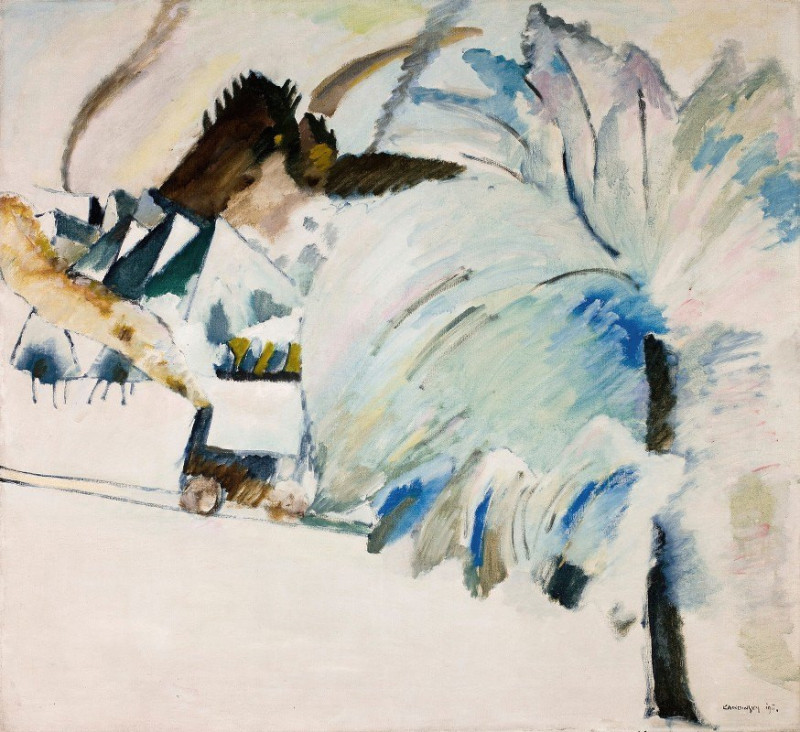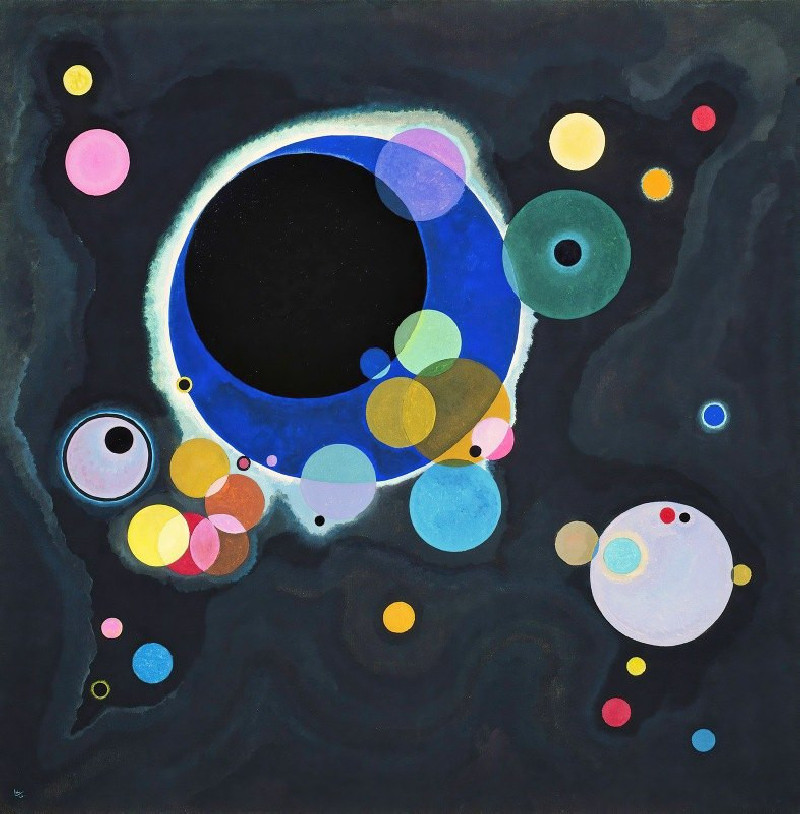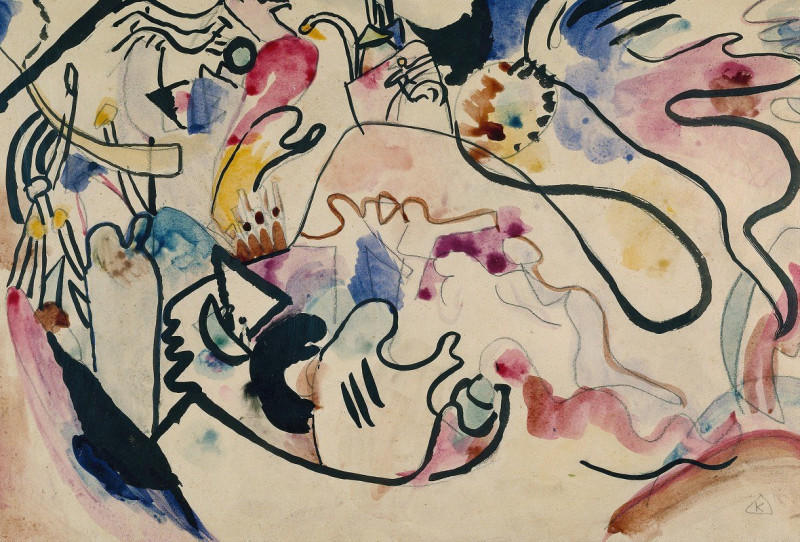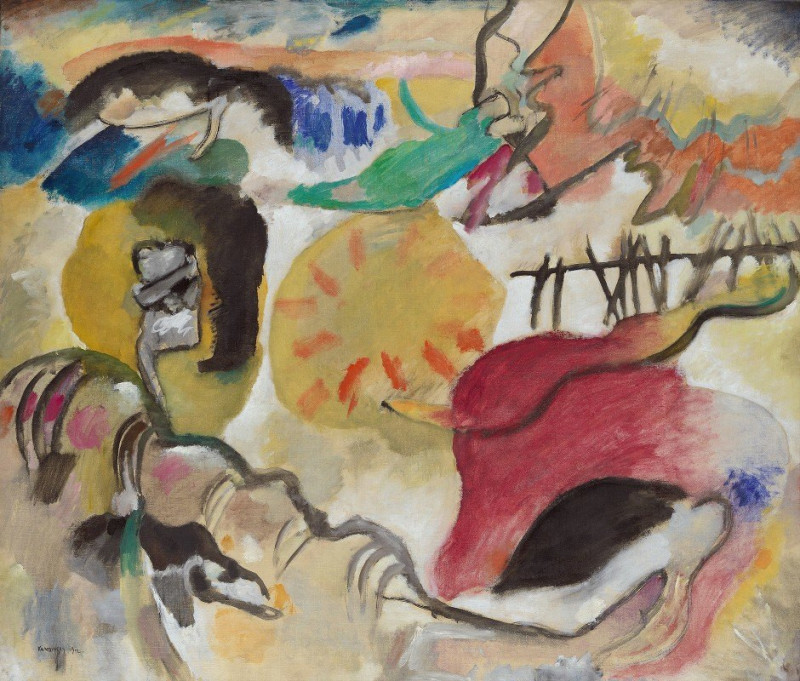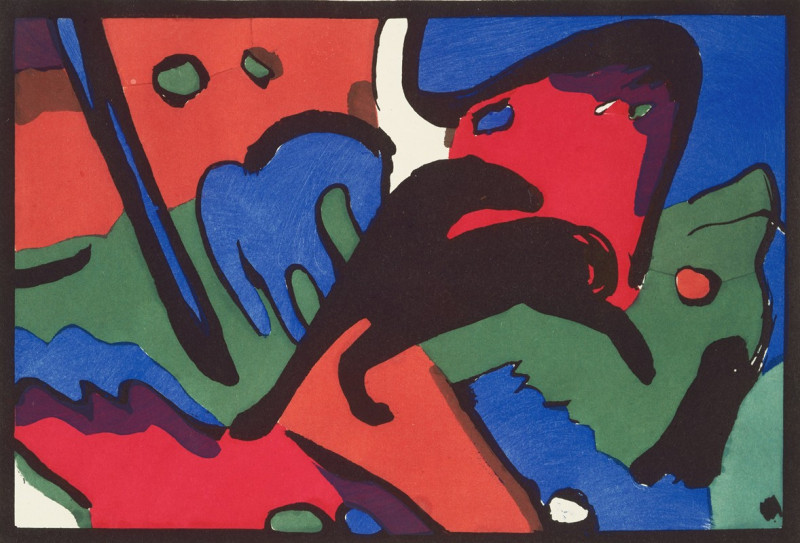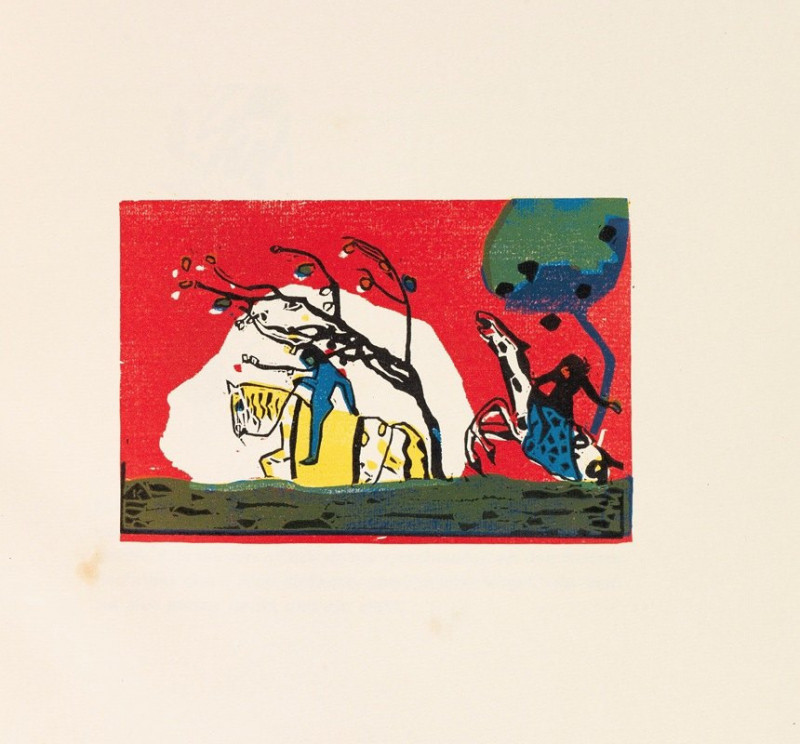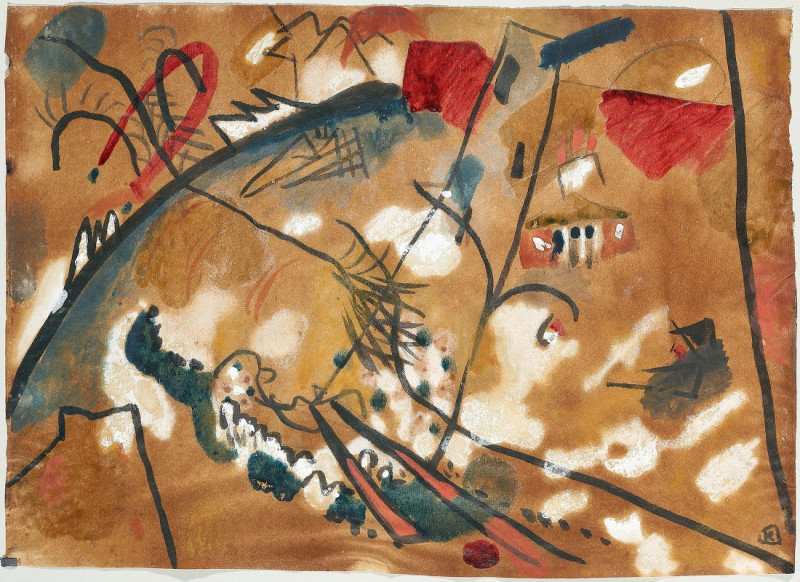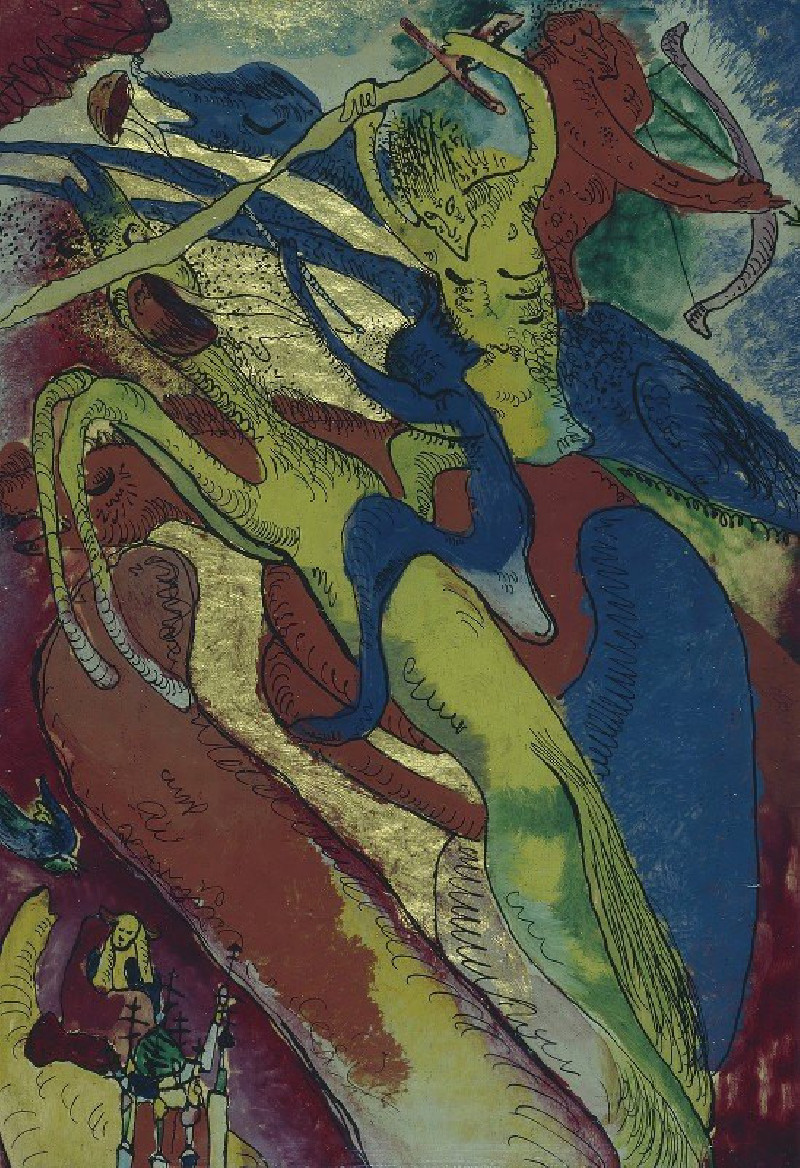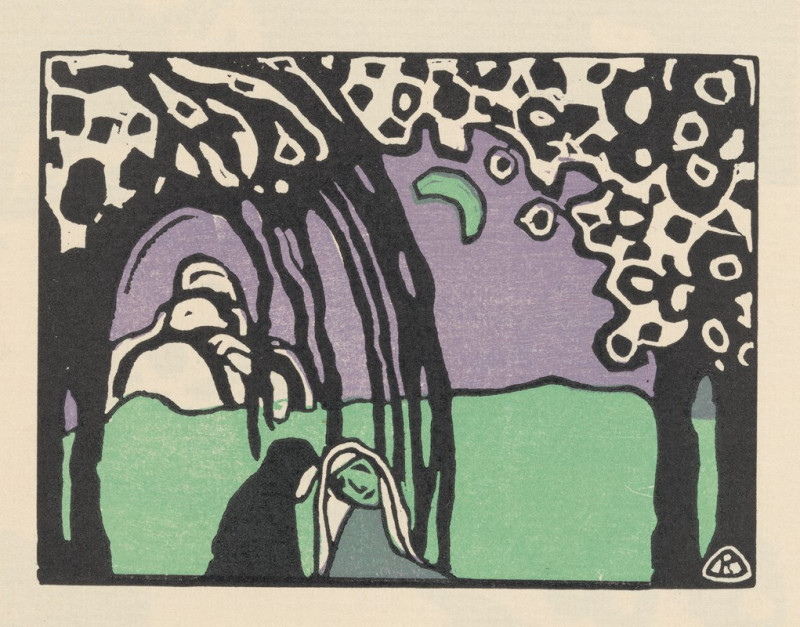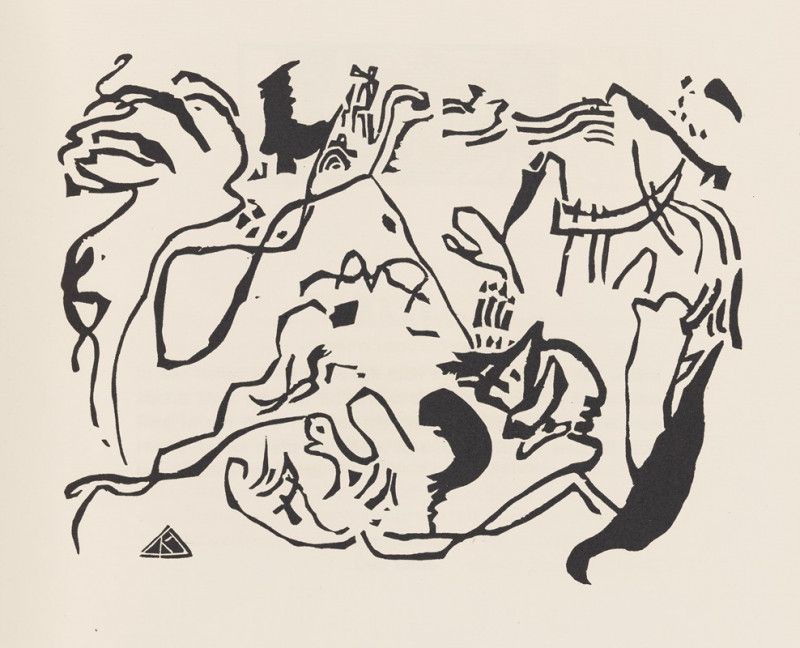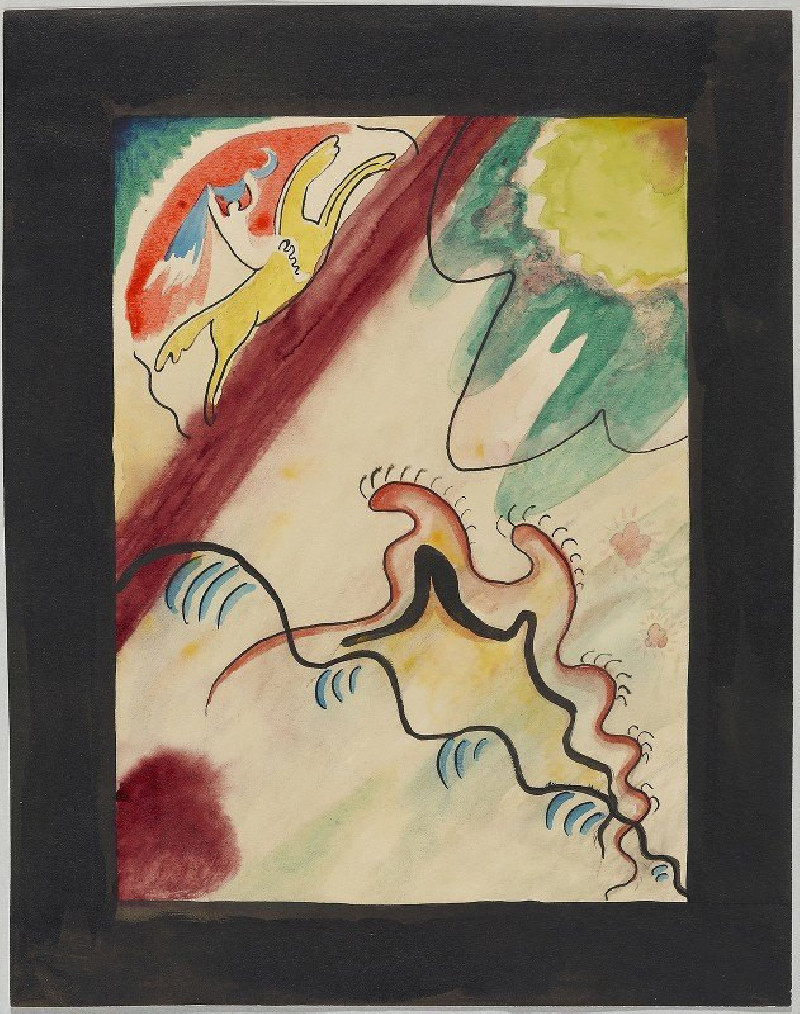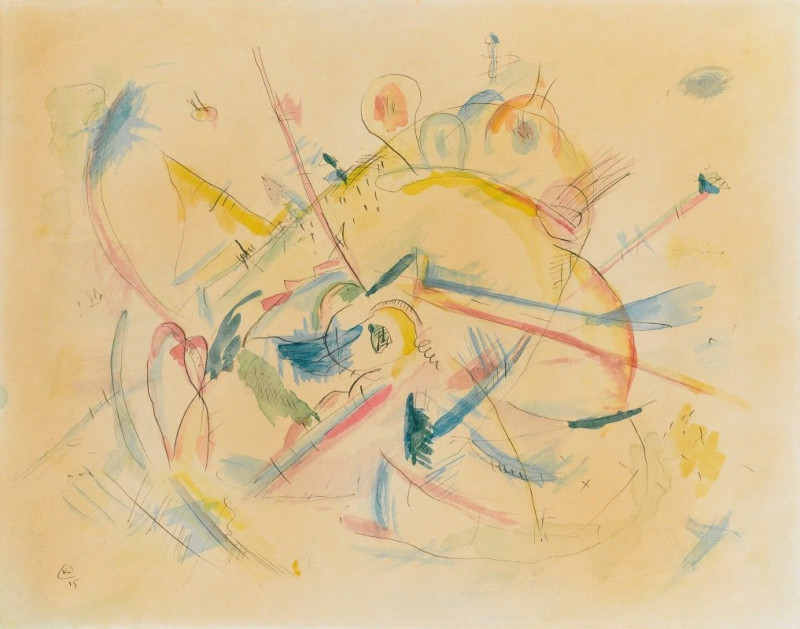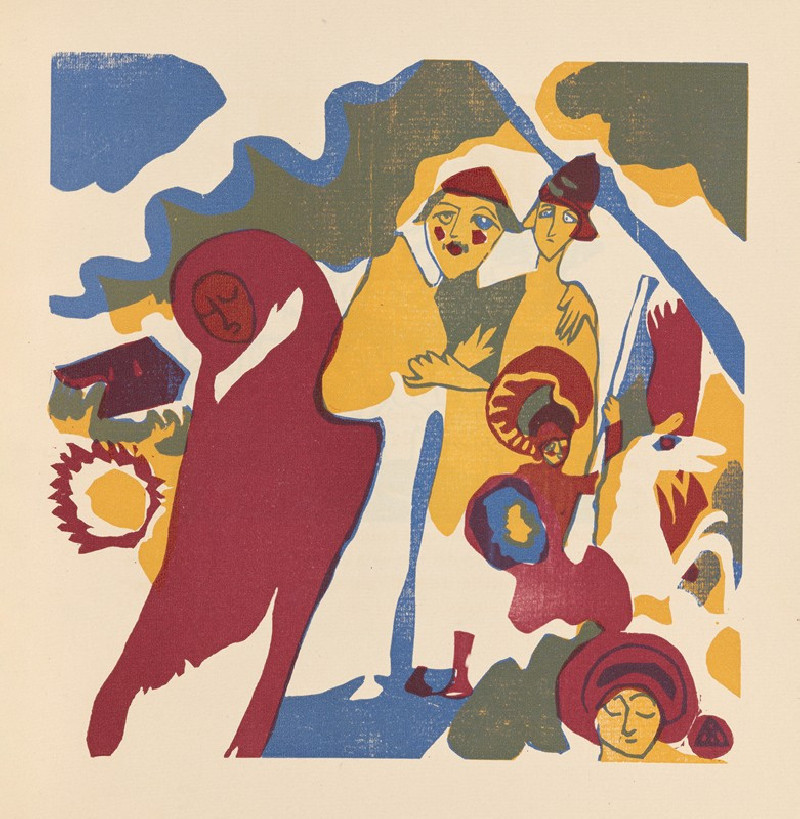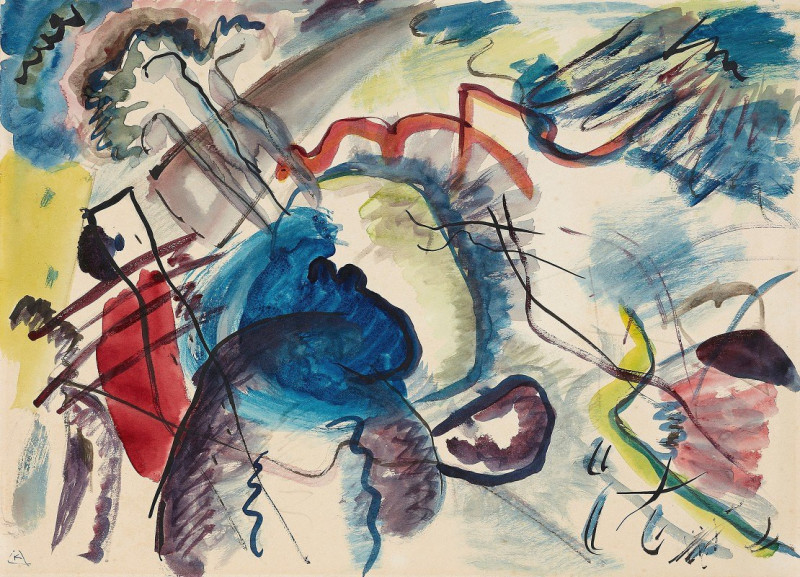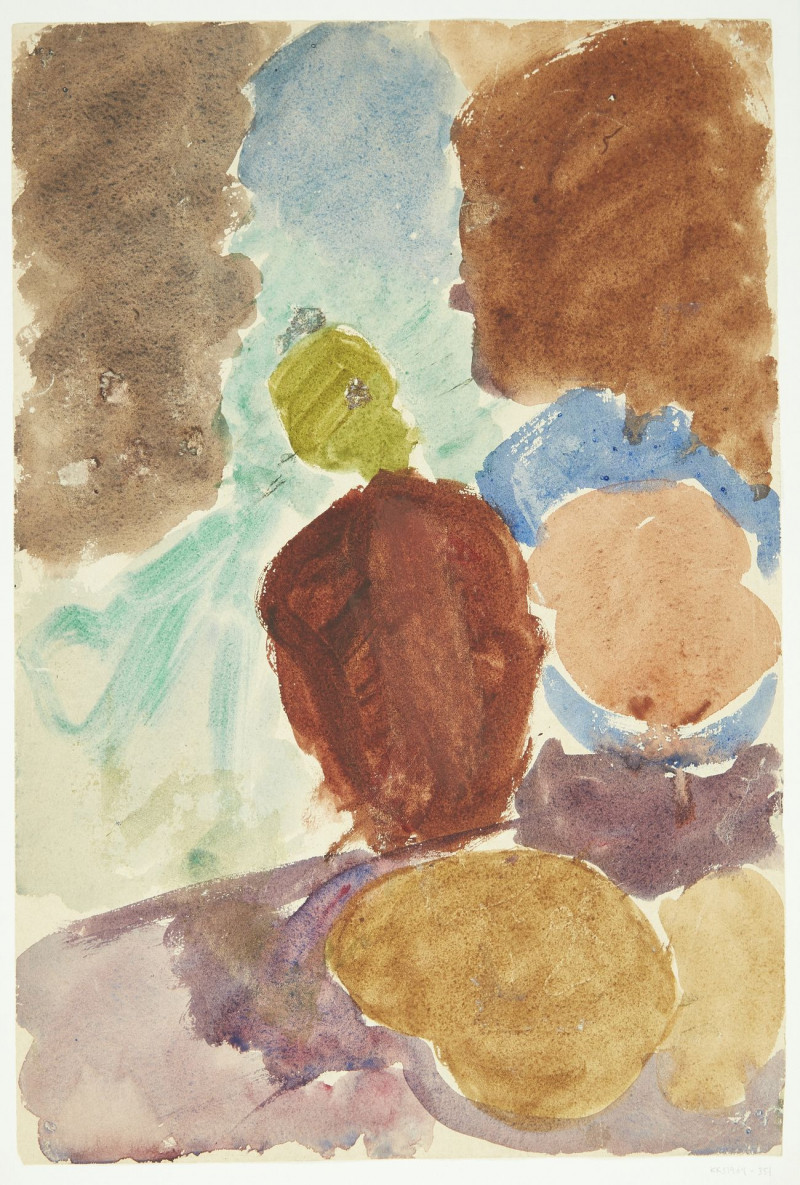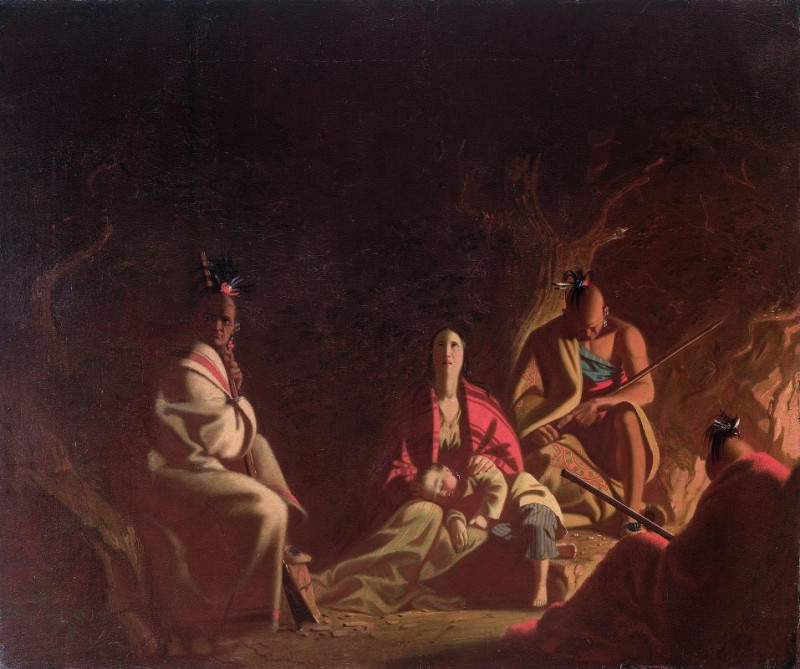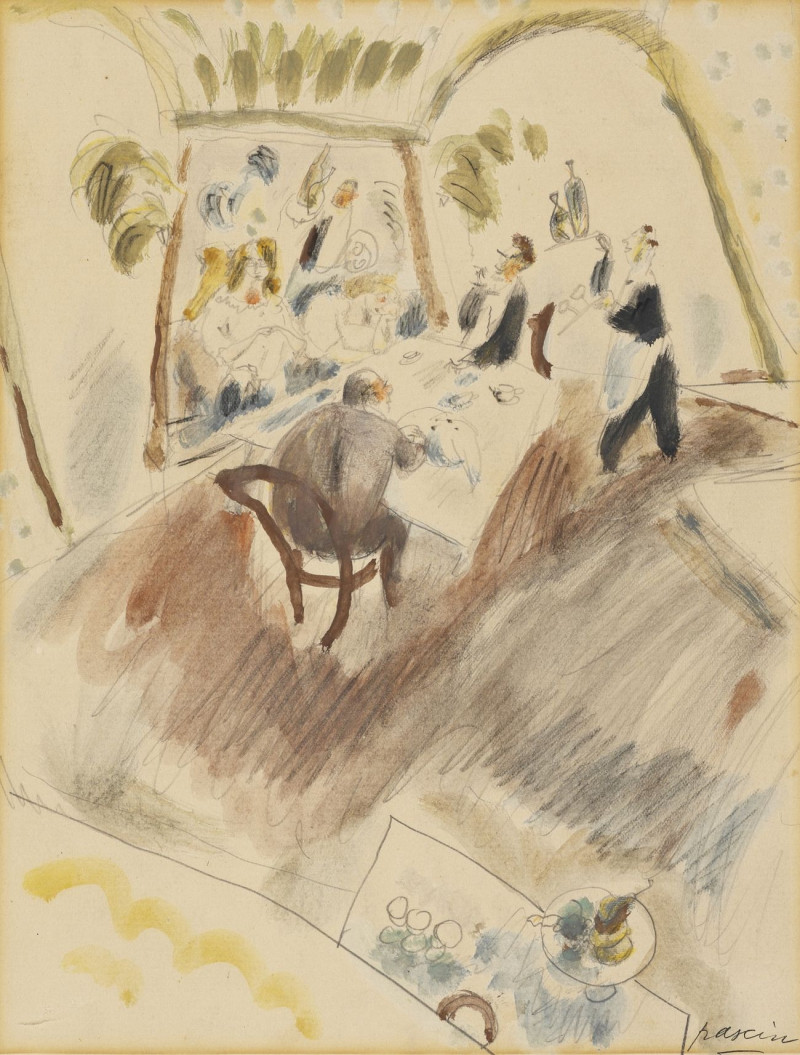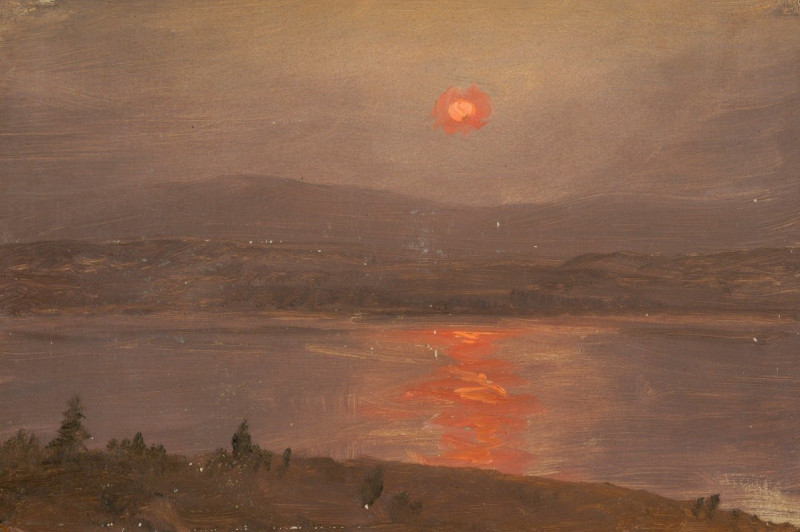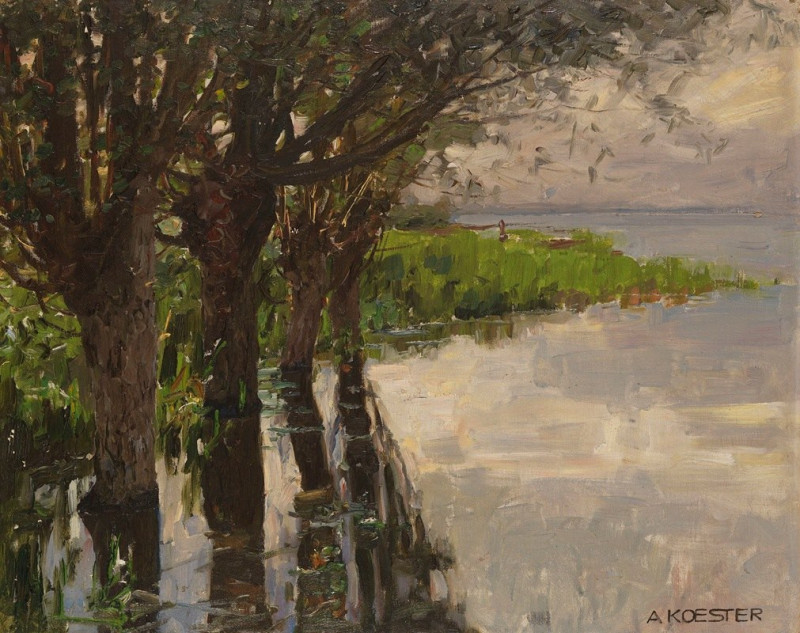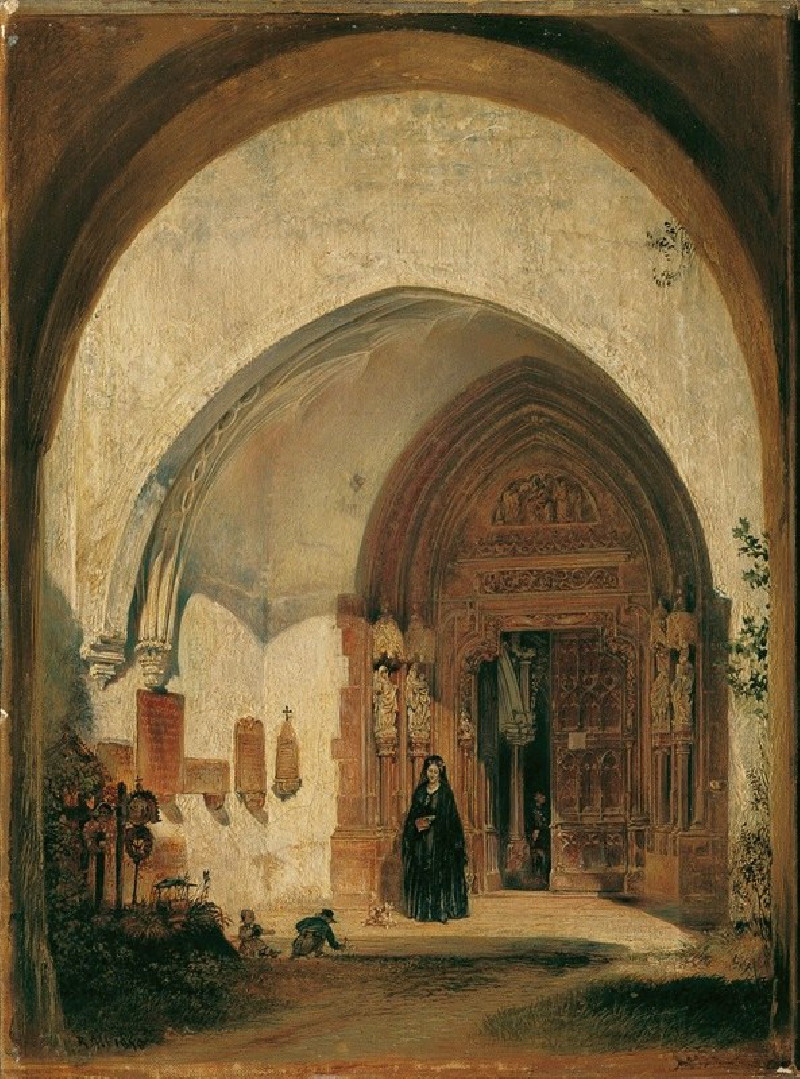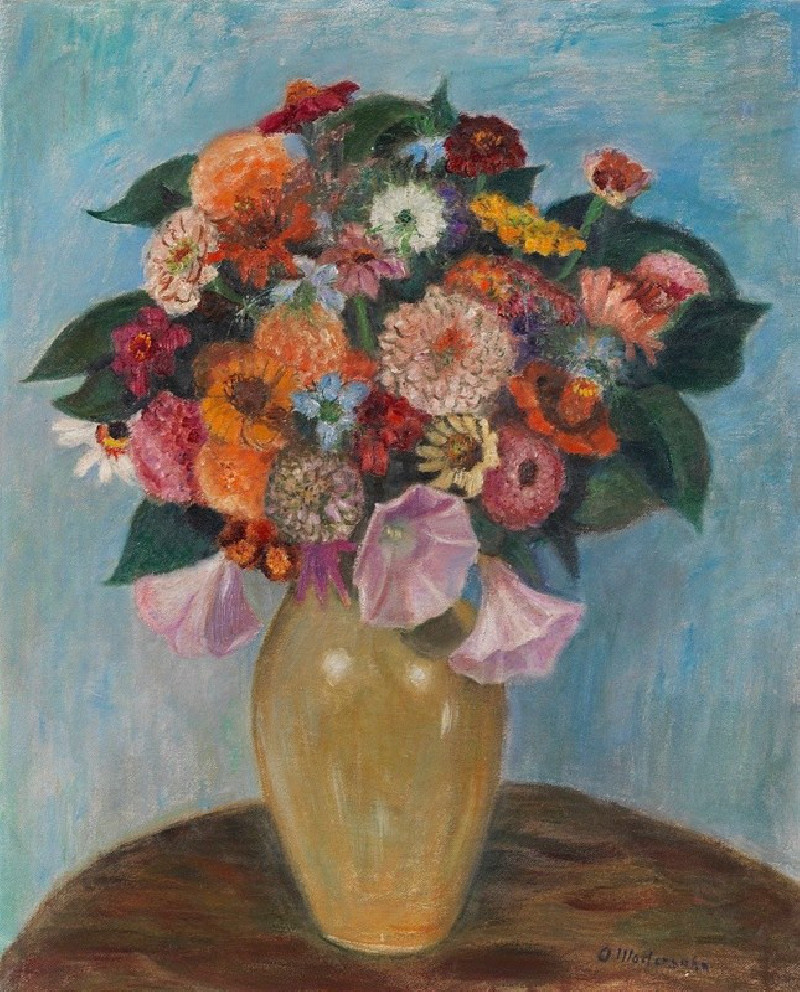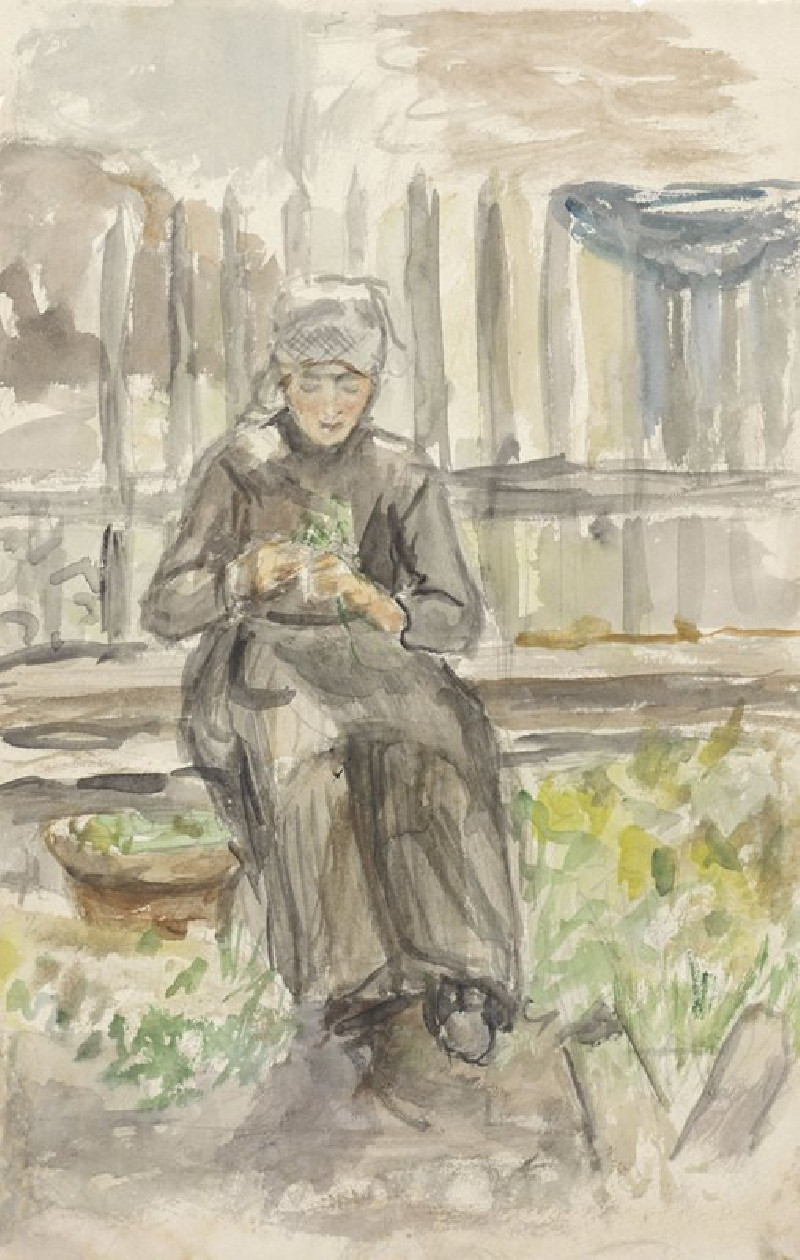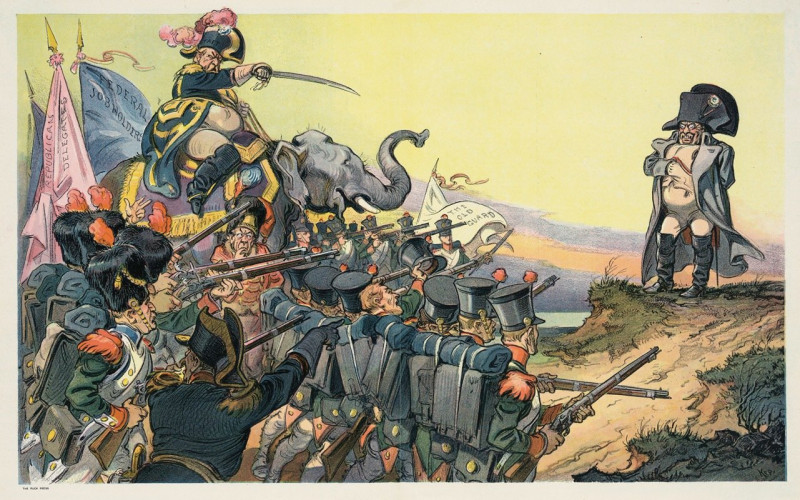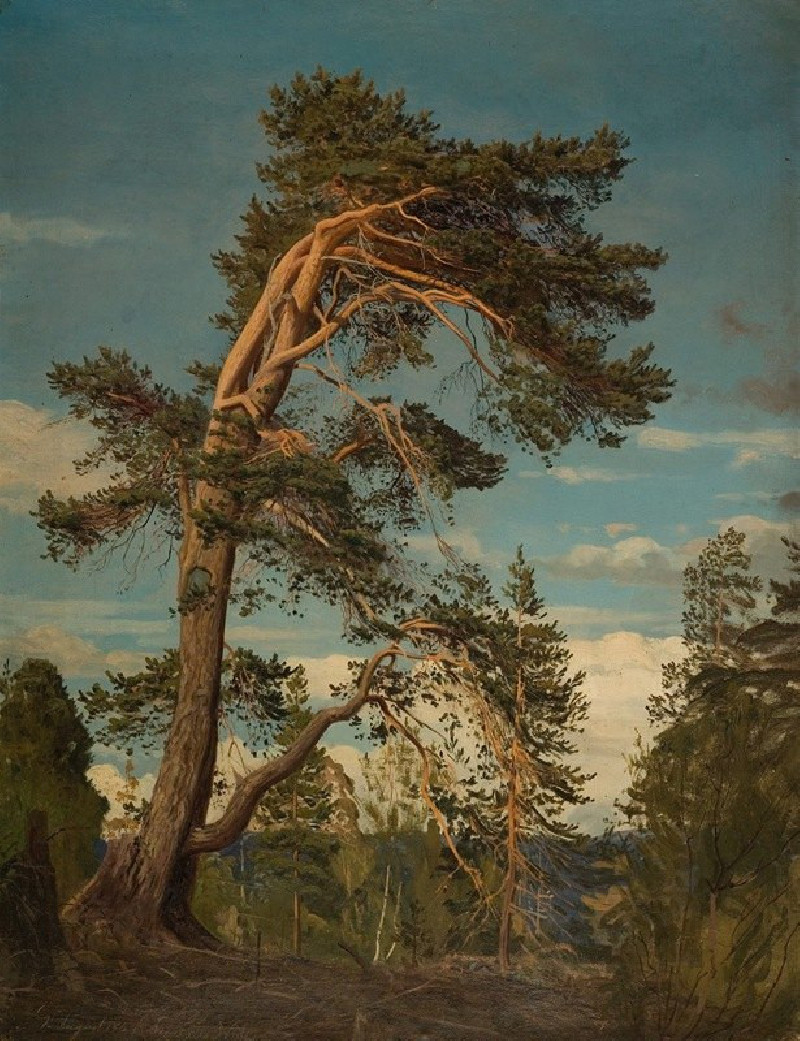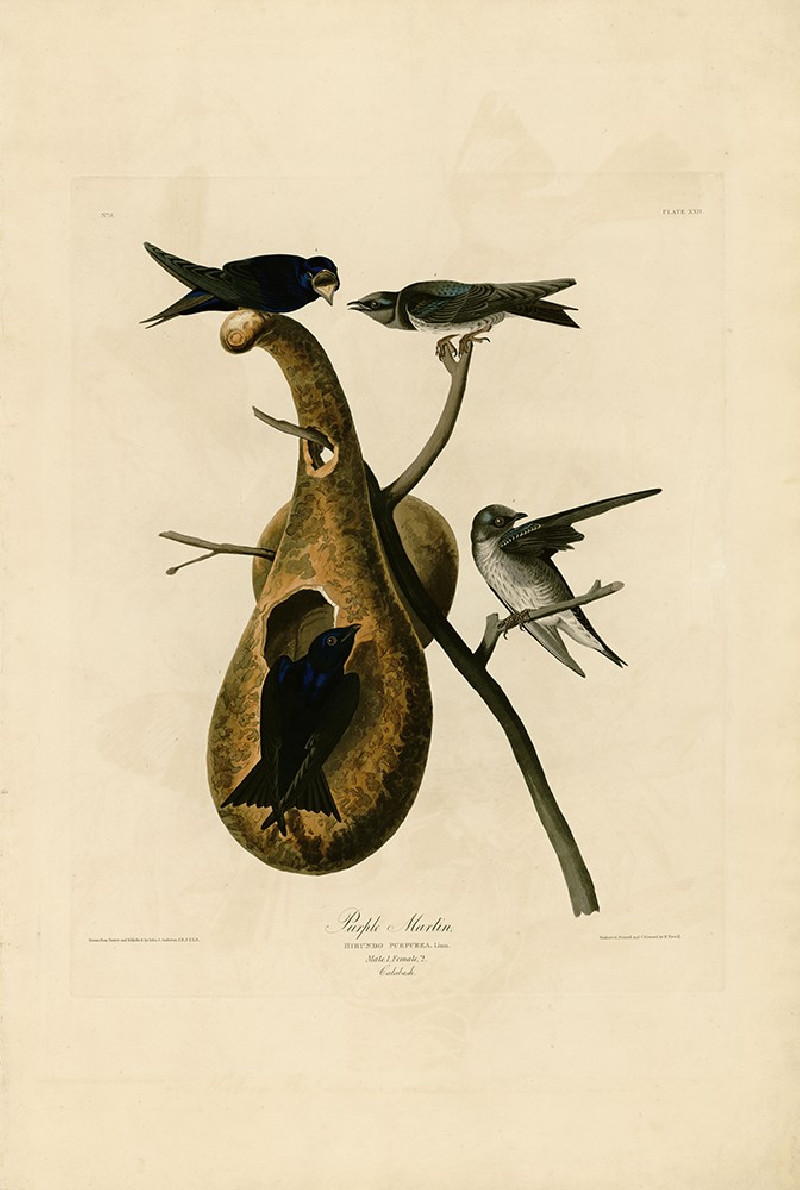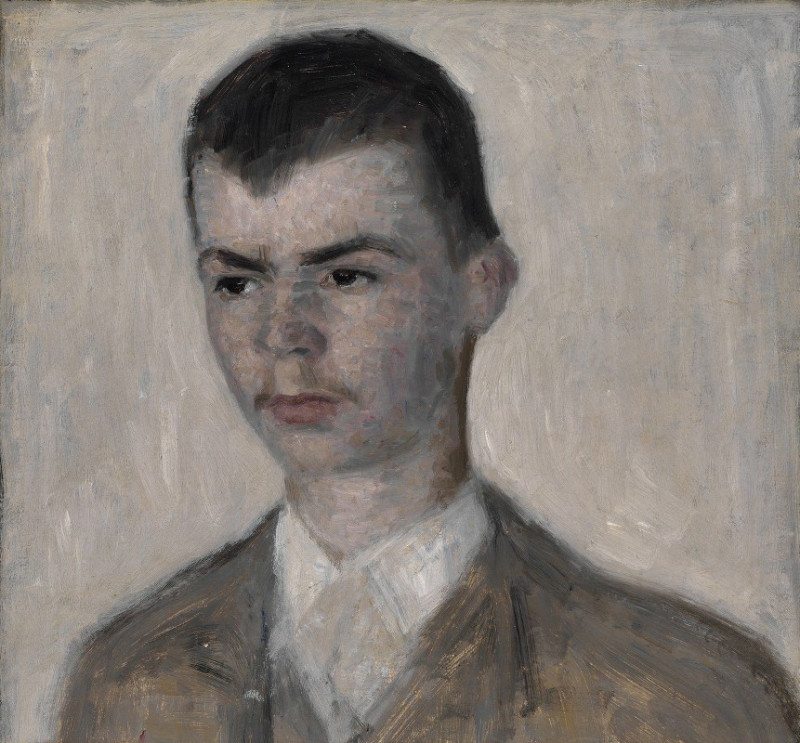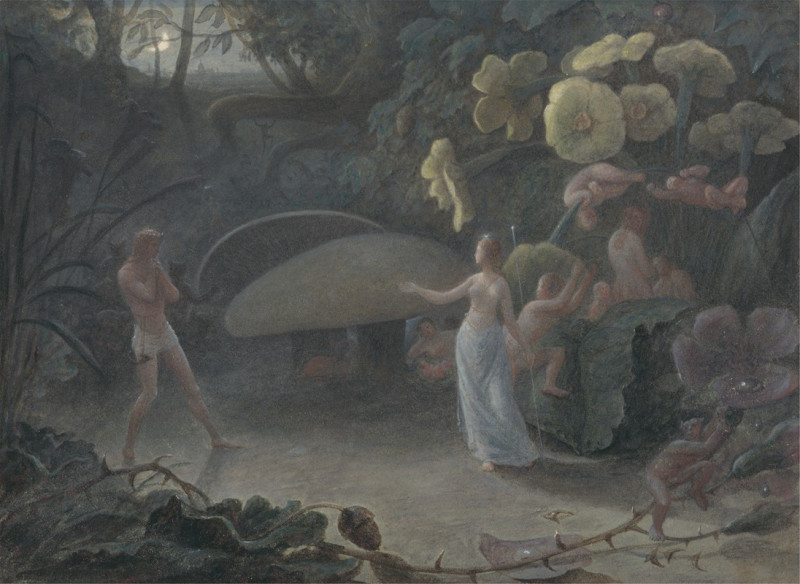Kleine Welten Ii (1922)
Technique: Giclée quality print
Recommended by our customers
More about this artwork
"Kleine Welten II" by Wassily Kandinsky, created in 1922, is a compelling piece of abstract art distinguished by its dynamic composition and vibrant color palette. In this painting, Kandinsky utilizes a variety of geometric and organic shapes that interact with each other through contrasting and harmonious colors. The central feature seems to be a large, bold blue shape that anchors the composition, surrounded by various other forms including a black circle, yellow crescents, and a cluster of thin, arrow-like figures.Kandinsky is known for his pioneering theories on the emotional and spiritual qualities of colors and forms, arguing that art should strive to be as free from representational constraints as music. This ethos is evident here, as the painting doesn't represent any discernible objects from the natural world but instead focuses on the interplay of forms and colors to evoke an internal resonance with the viewer.The piece has a musical quality, with swirling motifs and intersecting lines suggesting movement and rhythm, an element often present in Kandinsky's work, reflecting his love for music and its influence on his artistic expression. The use of stark contrasts interspersed with subtler gradations and speckles also adds a textural depth, making "Kleine Welten II" a dynamic exploration of abstract visual language.
Delivery
Returns
Wassily Wassilyevich Kandinsky was a Russian painter and art theorist. Kandinsky is generally credited as the pioneer of abstract art. Born in Moscow, Kandinsky spent his childhood in Odessa, where he graduated at Grekov Odessa Art school. He enrolled at the University of Moscow, studying law and economics. Successful in his profession—he was offered a professorship (chair of Roman Law) at the University of Dorpat today Tartu, Estonia)—Kandinsky began painting studies (life-drawing, sketching and anatomy) at the age of 30.

